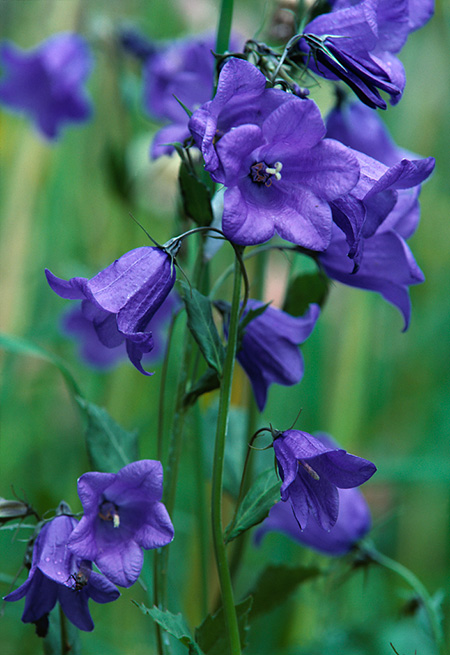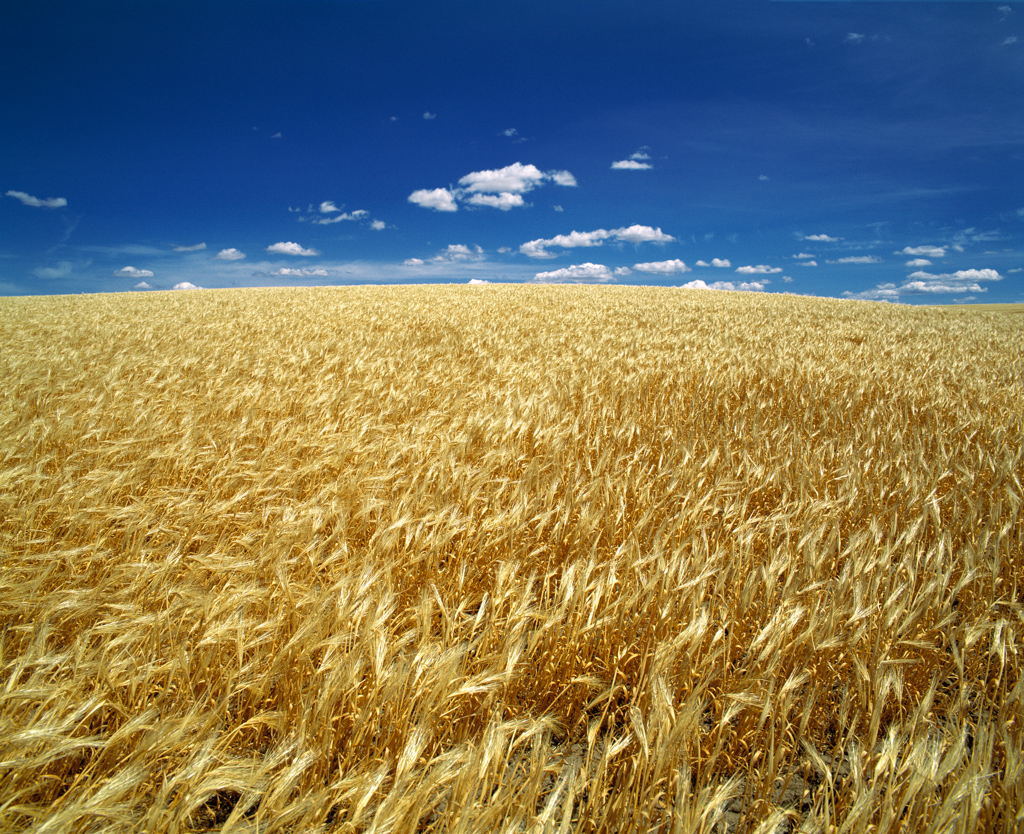Then God said, “Let the earth bring forth grass, the herb that yields seed, and the fruit tree that yields fruit according to its kind, whose seed is in itself, on the earth”; and it was so. Genesis 1:11
 Grass is a common scriptural metaphor for the brevity of human life, which is usually contrasted with the permanence and glory of God. Jesus uses the same illustration in His Sermon on the Mount, addressing the weak faith of His followers. It’s not that they have no faith, for He is speaking to believers; rather, it’s that they show “little faith” by their pursuit of the things of the world. To understand and apply His message is to rejoice in God’s promises and fully trust in His sovereignty, wisdom, and love. “Consider the lilies” (Luke 12:27).
Grass is a common scriptural metaphor for the brevity of human life, which is usually contrasted with the permanence and glory of God. Jesus uses the same illustration in His Sermon on the Mount, addressing the weak faith of His followers. It’s not that they have no faith, for He is speaking to believers; rather, it’s that they show “little faith” by their pursuit of the things of the world. To understand and apply His message is to rejoice in God’s promises and fully trust in His sovereignty, wisdom, and love. “Consider the lilies” (Luke 12:27).
If then God so clothes the grass, which today is in the field and tomorrow is thrown into the oven, how much more will He clothe you, O you of little faith? Luke 12:28
The grass withers, the flower fades, but the word of our God stands forever. Isaiah 40:8
Most assuredly, I say to you, unless a grain of wheat falls into the ground and dies, it remains alone; but if it dies, it produces much grain. John 12:24
Informing His disciples that “the hour has come that the Son of Man should be glorified” (John 12:23), Jesus uses the growth of wheat as a metaphor to describe His impending work on the cross. By His death the doors of salvation will open for people of every age and nation. It is an apt metaphor, especially today, because wheat is the most widely grown crop in the world. Enough wheat is produced each year to fill a freight train that could stretch two and a half times around the planet. Likewise, the gospel of Jesus Christ is being spread to the ends of the earth. Closely tied to the symbolism of wheat is that of bread, as seen in Christ’s words in John 6:51: “I am the living bread that came down from heaven. If anyone eats of this bread, he will live forever. This bread is my flesh, which I will give for the life of the world” (niv). Jesus uses the language of eating (and drinking, John 6:35) to illustrate the intimacy of union between Himself and the believer. Later He likens it to a vine and its branches (John 15:1-8).



